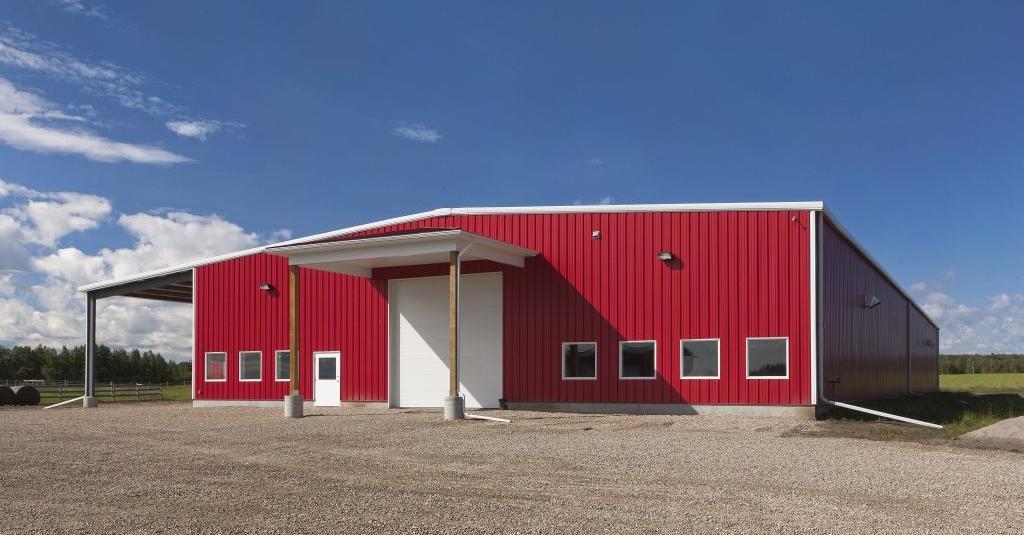In agriculture, where efficiency, durability, and sustainability are paramount, metal farm constructions have risen in popularity as the go-to choice for modern farmers. These versatile structures have proven their worth by offering various applications beyond traditional barns. In this article, you will explore the rising popularity and the diverse uses of metal farm buildings.
-
Livestock Shelters
One of the most common uses of metal farm constructions is providing shelter for livestock. With their spacious and open interiors, metal buildings are ideal for housing cattle, horses, poultry, and other animals. These structures offer protection from harsh weather conditions while ensuring proper ventilation and comfort for the animals. Moreover, the durability of metal ensures that the shelters last for many years, providing a safe and secure environment for livestock.
-
Equipment Storage
Farmers rely on various machinery and equipment to maintain their operations. Metal farm constructions are well-suited for equipment storage due to their ample space and durability. From tractors to plows and everything in between, these buildings provide a safe and organized space to protect valuable farming assets from the elements, theft, and vandalism.
-
Crop Storage
Proper crop storage is essential for preserving the quality and longevity of harvested produce. Metal farm constructions can be customized to include climate-controlled storage facilities with features like insulation, ventilation, and humidity control. This versatility allows farmers to store a variety of crops, including grains, fruits, and vegetables, for extended periods without compromising quality.
-
Workshops, Garages, and Processing Facilities
The versatility of metal farm constructions extends to serving as workshops, garages, and processing facilities. Farmers can use these buildings as workspaces for repairing equipment, conducting maintenance, or processing agricultural products. Their spacious interiors provide ample room for various tasks, making them a valuable asset for streamlining farm operations.
-
Riding Arenas
Metal constructions can be transformed into riding arenas for farms that offer equestrian activities or horse training. These structures provide a controlled and weather-resistant environment for training and riding horses year-round. The open design of metal buildings allows unrestricted movement and creates a comfortable space for riders and horses.
-
Greenhouses
With the growing interest in sustainable agriculture and year-round crop production, some farmers have turned to metal farm constructions to create greenhouses. These structures provide controlled environments for cultivating plants, vegetables, and herbs regardless of the season. Metal’s durability and resistance to rust make it a suitable choice for the long-term investment required for greenhouse farming.
-
Agricultural Retail and Farm-to-Table Ventures
Metal farm constructions have found applications beyond the farm itself. Many farmers use these versatile structures to establish agricultural retail spaces and farm-to-table ventures. These buildings can house farmers’ markets, farm stands, and even restaurants, creating opportunities for direct sales to consumers and enhancing farm profitability.
In conclusion, the rising popularity of metal farm buildings is a testament to their adaptability and utility in modern agriculture. These versatile structures have evolved to meet the diverse needs of today’s farmers, extending far beyond their traditional roles as barns. Whether providing shelter for livestock, safeguarding equipment, preserving crops, serving as workshops, accommodating equestrian activities, or facilitating greenhouse farming, metal farm constructions have become indispensable assets on farms worldwide. Their durability, spaciousness, and customization options make them an integral part of the agricultural landscape, contributing to increased efficiency, productivity, and sustainability in farming operations. As agriculture continues to evolve, these versatile buildings are sure to play an even greater role in the future of farming.
